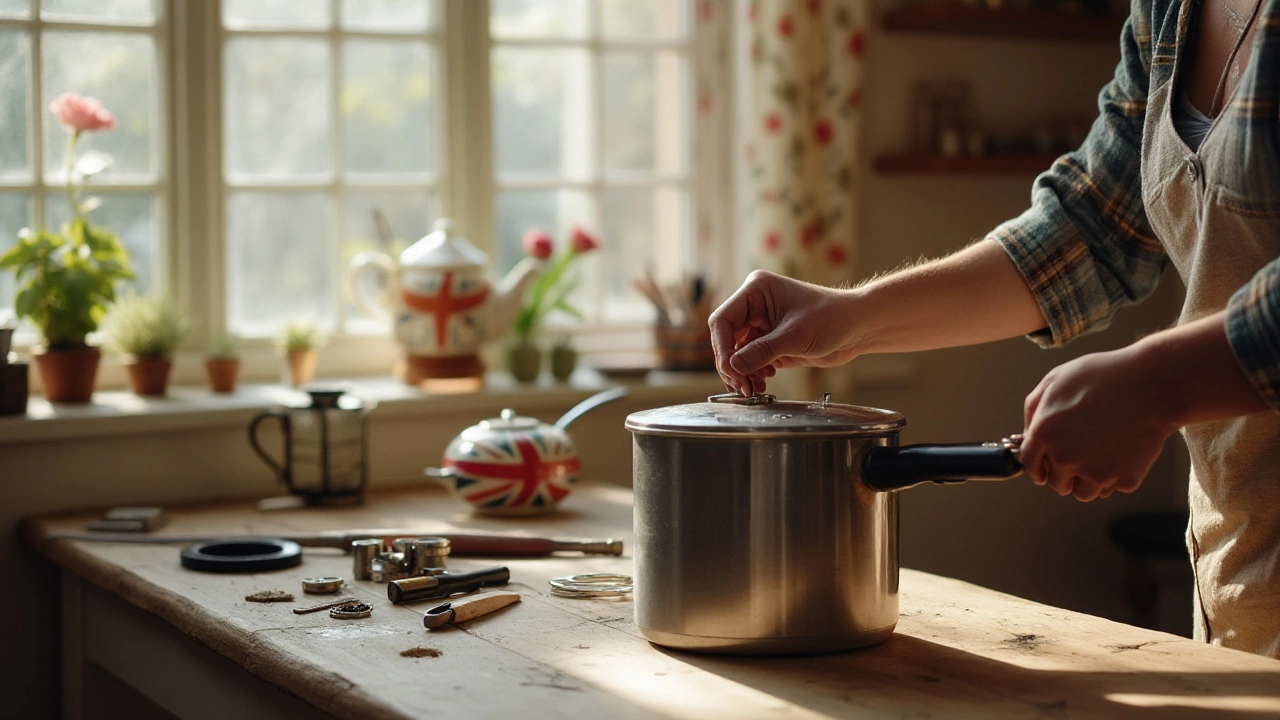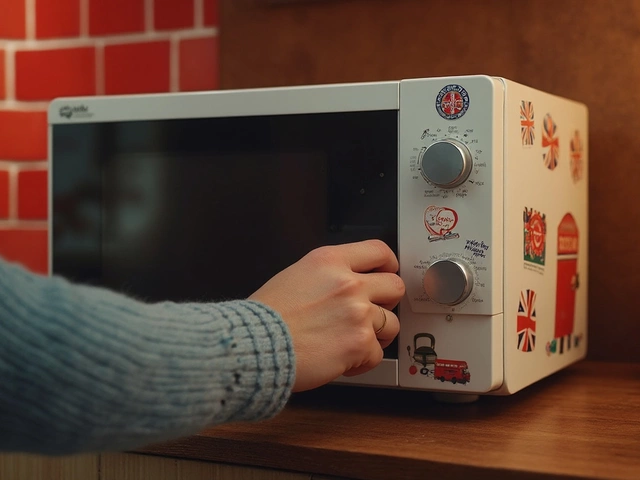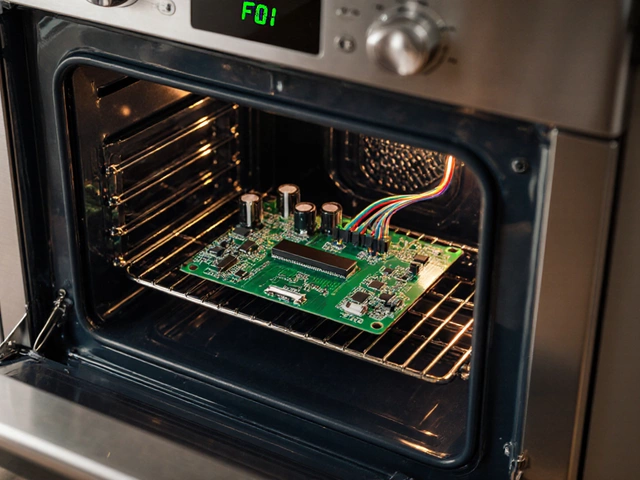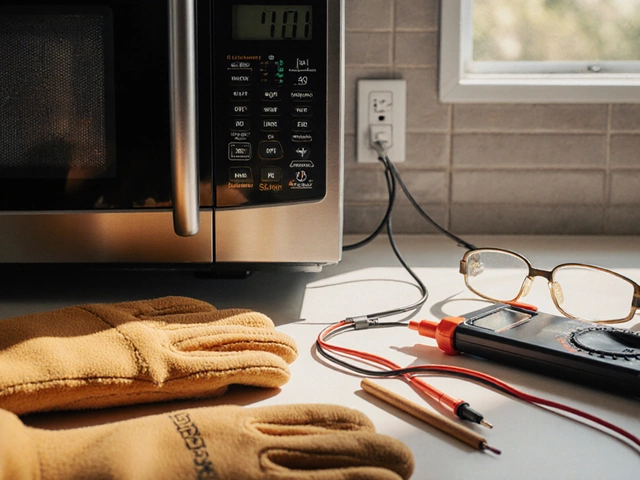Pressure cookers are marvelous kitchen companions, reducing cooking times while infusing flavors into every meal. But, like any hardworking appliance, they can encounter some hiccups along the way. Understanding what to look out for and how to address it can extend the life of your pressure cooker significantly.
It's not uncommon for users to face issues such as a faulty gasket or a lid that refuses to seal properly. Sometimes, the pressure doesn't build as it should, or perhaps the cooker lets out more steam than anticipated. If these sound familiar, don't worry — many of these problems are fixable with a bit of know-how and elbow grease.
- Common Pressure Cooker Problems
- DIY Repair Tips
- When to Seek Professional Help
- Maintenance to Extend Lifespan
Common Pressure Cooker Problems
Pressure cookers are ingenious appliances that many of us can't live without. Yet, as with any tool that sees regular use, they tend to experience a range of issues. Understanding these problems is step one in knowing how to keep your pressure cooker repair under control and ensure it operates at peak efficiency. One of the frequent complications involves the sealing ring. This part is vital for maintaining pressure. Made from silicone or rubber, these rings can wear out over time due to heat and use. A common sign of an ineffective sealing ring is when the cooker leaks steam from the sides instead of building pressure. Imagine being in the middle of making your favorite stew only to find out that your device isn’t reaching the desired pressure.
Another typical issue lies with the pressure valve. This small component is responsible for releasing excess pressure to keep the appliance safe, acting as a critical safeguard mechanism. When clogs occur or if the valve becomes faulty due to wear, it could potentially cause the cooker to operate unsafely or improperly. Regular cleaning is sometimes all that’s needed to ensure the valve functions correctly. In more severe cases, replacement might be necessary, ensuring that your appliance functions like new.
Electronics also play a part in modern kitchen tools maintenance, especially with electric pressure cookers. If the digital display acts erratically or doesn't turn on, it might point to a faulty power source or internal wiring issues. These electronic troubles not only disrupt cooking but can be trickier to diagnose. Always check if the power outlet is functioning correctly and inspect the power cord for any visible damage.
On a broader scale, consider the base of the cooker. With time, exposure to high heat can lead to the buckling or warping of the bottom, especially if it’s frequently run dry or overheated. This deformation can affect even heating and cause inefficiencies during the cooking process. Ensuring your pot always has enough liquid and isn't running for excess times can mitigate this risk.
In an era where we all strive to make things last longer, these problems, while somewhat technical, are generally manageable with a bit of guidance. As culinary expert Julia Child once said, “Cooking is one failure after another, and that’s how you finally learn.” And in the case of pressure cookers, learning about the quirks and kinks is just part of the culinary adventure.
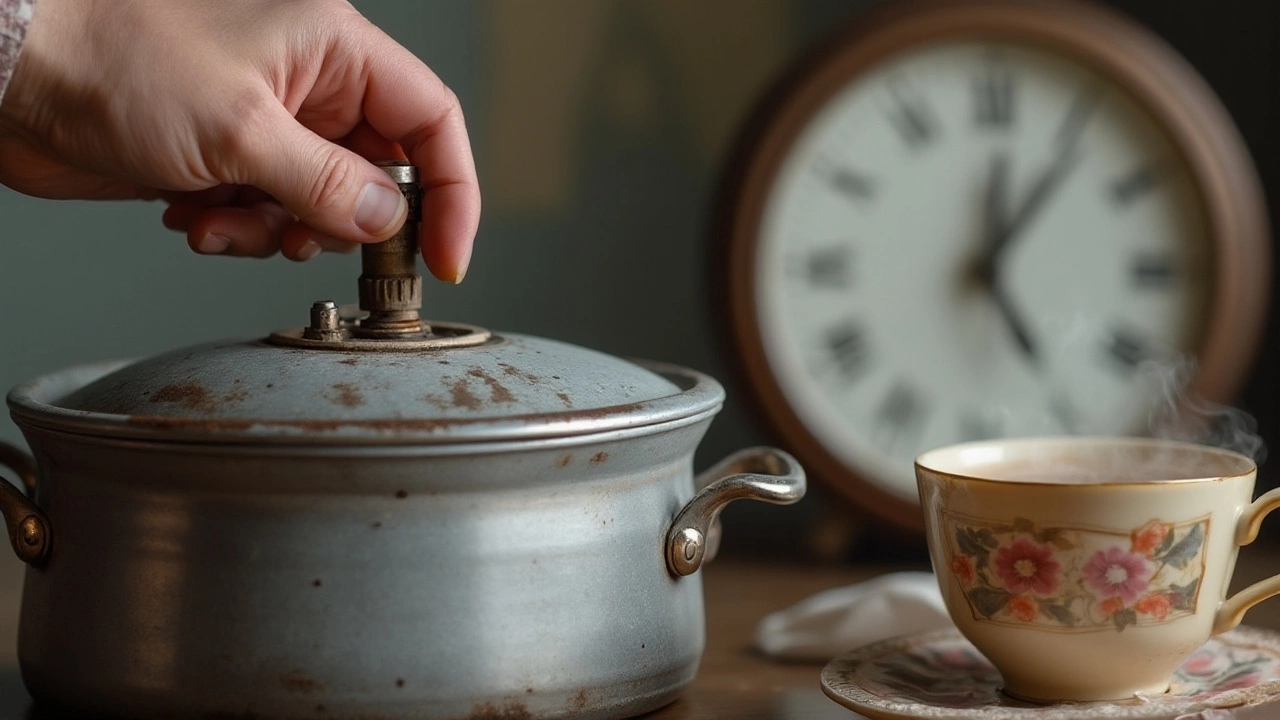
DIY Repair Tips
Embarking on the journey to repair your pressure cooker yourself can be both rewarding and cost-effective, not to mention it's a fantastic way to learn more about this beloved kitchen gadget. First, identifying the problem is crucial. Common issues include a malfunctioning seal, clogged or broken pressure valves, and cosmetic damages like dented bodies or compromised handles. Before you begin any repair, safety must be your top priority — ensure the cooker is completely cool and unplugged if it's electrically operated, and remember to release any built-up pressure carefully.
One of the primary components that often require attention in a pressure cooker repair is the gasket, also known as the sealing ring. This rubber material plays an essential role in ensuring the cooker reaches the required pressure. If it's worn out, the cooker won’t seal correctly. To check this, remove the gasket and inspect it under good lighting for any signs of cracks or excessive wear. If any are found, replacing the gasket is relatively straightforward and involves purchasing a replacement that matches your cooker's model. Simply fit the new gasket into the groove inside the lid, ensuring it sits snugly and evenly.
Another frequent issue is a clogged pressure release valve. This can happen due to food particles or debris that have built up over time. To clean it, remove the valve according to your cooker’s manual, and gently brush away any obstructions using a small brush or a toothpick. It's also worth soaking the valve in warm, soapy water to help loosen any stubborn particles. Post-cleaning, ensure it's dried thoroughly before reassembling. Remember, a clean valve is paramount for the cooker’s proper functionality and safety.
For more substantial repairs, such as replacing handles or addressing dents in the body, having a basic toolkit on hand is essential. A set of screwdrivers, a wrench, and pliers can be your best allies. Many handles are attached with screws that can be easily unscrewed using the appropriate tool, enabling you to replace them with minimal fuss. Similarly, minor dents can often be remedied at home with the gentle use of a rubber mallet, though more severe damages might require professional assistance.
"While many find joy in bringing back to life old appliances themselves, knowing when to seek professional help is key," says Tim Marshall, a veteran appliance repair specialist. "There’s a fine line between DIY success and creating further damage, which could potentially void any existing warranties."
For those comfortable with electronics, a digital multimeter can help diagnose electrical faults. Before diving into this, always double-check that the appliance is unplugged. Testing the connections for continuity will determine if electricity flows correctly through the cooker. If there's a break in the circuit, you might need to replace a faulty component like the heating element or fuse, available from the manufacturer or trusted suppliers. Be sure to follow detailed guides or manuals specific to your model when dealing with electrical repairs.
Lastly, keeping your kitchen tools maintenance routine sharp by regularly checking components like gaskets and valves can prevent the need for more extensive repairs. A maintained pressure cooker not only saves the hassle but also extends the lifespan greatly. Remember, dedicating time to understand your appliance inside-out makes every future fix feel like a breeze.
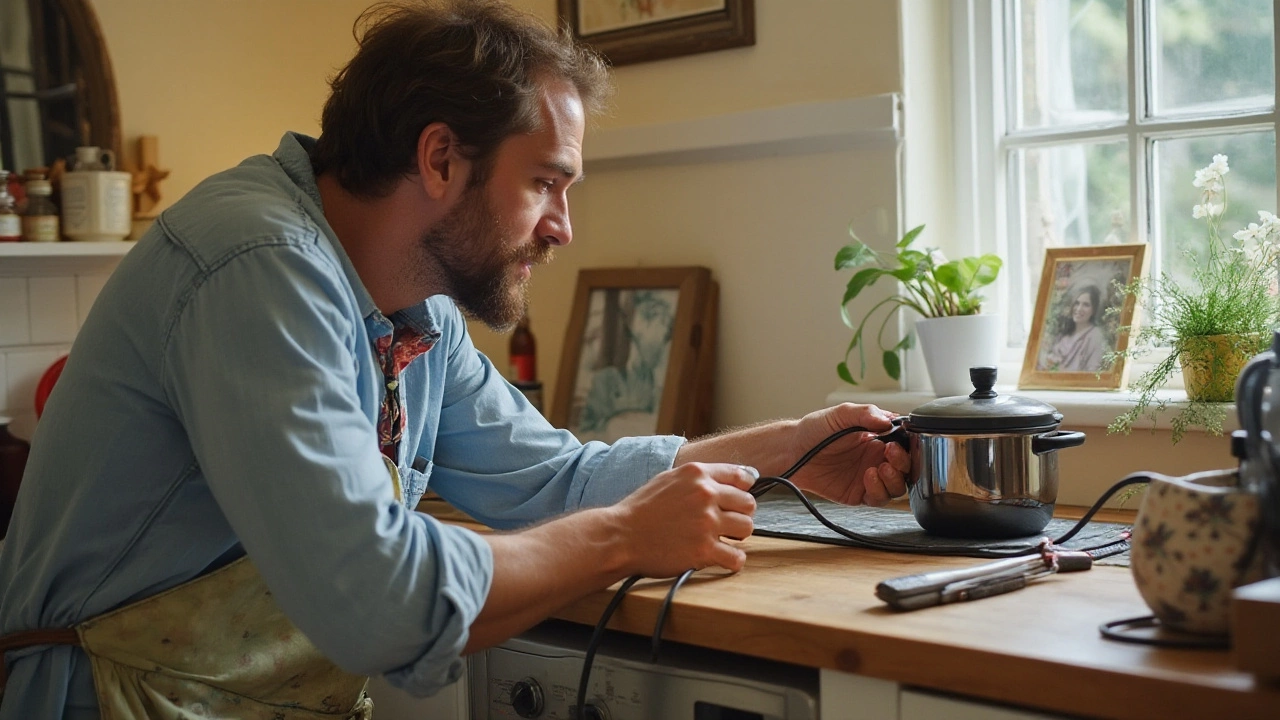
When to Seek Professional Help
While it might be tempting to tackle every issue your pressure cooker faces with a DIY mindset, there are times when calling in a professional is the wisest course of action. This is particularly true if you're encountering complex electrical issues or if you've tried all basic troubleshooting steps without success. Remember, when dealing with appliances that involve pressure and heat, safety should always be a priority. If the pressure cooker starts making unusual noises or you notice a strange smell like burnt plastic, it could indicate an underlying problem not easily fixed at home.
Pressure cookers come in various models and make, with some having intricate electronics. This can include advanced pressure sensors or digital timers that require the expertise of someone trained in appliance repair. Attempting to fix such components without the proper tools or knowledge can lead to further damage, or worse, pose a safety hazard. For instance, if you've noticed repeated electric shorts when using your device, it's likely an internal electrical fault requiring professional attention.
Another sign that professional help is needed is if you spot any structural damage to the cooker itself, such as cracks in the main pot. This can compromise the entire cooking process, as well as the safety of anyone using it. A sealing ring that's worn out is one thing, but seeing deformations in the metal or damages in the base often mean repair is beyond a simple part replacement. Appliance fixing specialists have the tools to assess whether any part of the cooker is beyond repair or needs replacement entirely.
Engaging a professional also makes sense when the cost of spare parts equals or exceeds the expense of acquiring a new appliance. Professionals often have access to components at wholesale prices, offering a more economical solution. As John Turner, a seasoned home appliance technician, puts it, "Knocking on a professional's door early on can often save you the cost of buying a new cooker later."
If there's still a warranty on your pressure cooker, taking it to a certified repair service can prevent voiding this warranty. It also ensures that any parts replaced are genuine and fit precisely with the model you own, maintaining the manufacturer's intended performance standards. Having a professional who stands behind their repair guarantees not only brings peace of mind but can greatly extend the lifespan of your precious kitchen workhorse.
Statistics show that professional repairs can extend the appliance's lifeline significantly. Investing in maintenance from time to time, when paired with professional advice, allows home chefs to keep their kitchen tools in optimal condition. Here's a small breakdown of when most people decide to seek professional services:
| Issue Type | Percentage of Seeking Professional Help |
|---|---|
| Electrical Malfunctions | 70% |
| Structural Damages | 50% |
| Complex Repairs | 60% |
| Warranty Considerations | 40% |
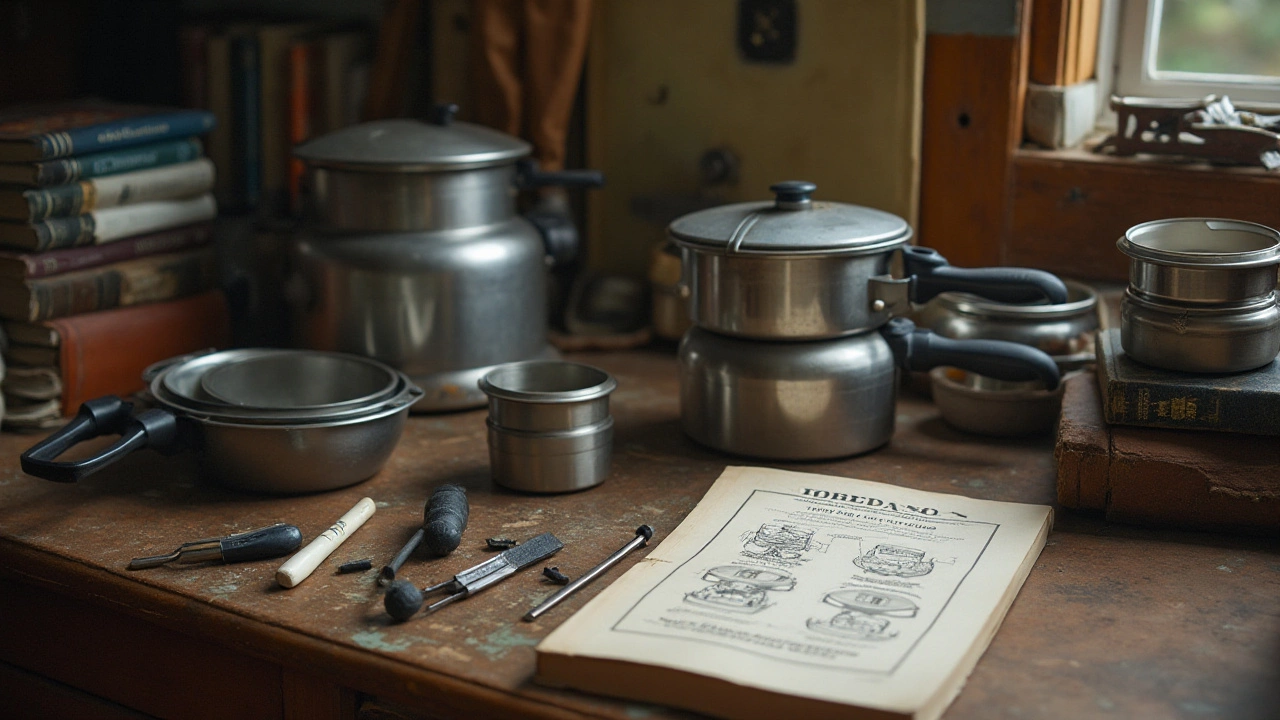
Maintenance to Extend Lifespan
Taking care of your pressure cooker is not just about ensuring that your meals are cooked perfectly every time. It's about securing the longevity of a kitchen tool that is often taken for granted. With a few simple habits, you can keep your cooker in top form for years. The first thing to understand is the importance of regular cleaning. After each use, make sure to give all the removable parts a good wash. This includes the lid, the rubber gasket, and any accessories. Soap and warm water usually do the trick, but don’t be afraid to enlist a mild vinegar solution for those stubborn stains.
Sometimes underestimated, the rubber gasket is crucial to a well-sealing cooker. Check it regularly for signs of wear and tear, such as cracks or deformities. Depending on usage, you might need to replace it once a year. If you find your pressure cooker not reaching the required pressure, it's quite often due to a faulty gasket. A good tip is to always have a spare one handy; they're accessible and relatively inexpensive. Moreover, store the gasket separately when not in use, so it doesn't remain compressed and lose its elasticity.
"Regular maintenance not only prevents most common pressure cooker issues but also ensures safety in the kitchen," says John Holm, a renowned kitchen appliance expert.
Next up, a lesser-known but effective tip is to periodically check the valve and vent area. Make sure they are clear of food particles and debris, which can impede the build-up of pressure. Use a pin or toothpick to clear any blockage gently. An often overlooked aspect is the proper storage of the pressure cooker. Store it with its lid removed or upside down on the pot. This ensures air circulation and prevents residual odors. These practices might seem small, but they add up to significant longevity.
In addition to the mechanics, keeping track of your cooker's usage is key. Overusing any appliance without breaks can lead to quicker wear and tear. If you find yourself using it daily, consider spreading out your cooking chores or alternating with other appliances when suitable. For owners of electric models, avoid keeping them plugged in when not in operation to prevent energy waste and unnecessary strain on the components. If your hardware includes a user manual, thumb through it now and then; it’s bound to have model-specific maintenance tips.
Pressure cooker repair might sometimes feel daunting, but effective prevention through maintenance can reduce these occurrences drastically. If your cooker has a non-stick surface, take extra care. Avoid metal utensils to prevent scratches and extend its functionality. With such understanding and care, your pressure cooker won't just last longer but will consistently deliver those savory dishes that make it an indispensable ally in the kitchen.

